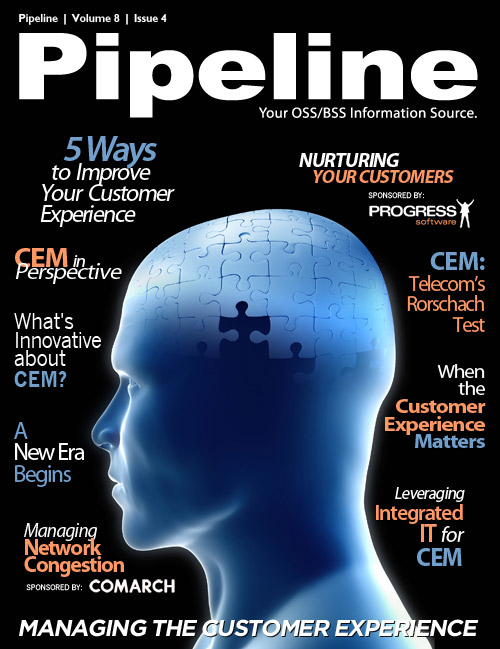When Does the Customer Experience Matter?
When did customer experience really start to matter? When customers realized they could walk away at any time.
There are examples of successful brands in countless other industry verticals. Given the recent retirement announcement of Steve Jobs, one example of well-done customer experience readily leaps to mind. Why is Apple a great example of customer experience done well? For several reasons.
- Cohesive user experience: If you buy an iPad or an iPhone or a MacBook, you get a certain level of user experience as part of the deal. If you happen to live nearby an Apple store, you get glossy countertops manned by subject-matter experts who can guide you through technical woes and show you how to get the most out of your machine. The look and feel of the store is replicated through web portals and iTunes stores, as well. A MacBook purchased online can still be brought to the experts at the Genius Bar. The look and feel of the different product lines are all based on the same aesthetic principles. Even the packaging makes the devices feel less like tools or commodities and more like boutique items.
- Reputation for quality: Mac lovers enjoy reminding the rest of the world about the rarity of viruses and general reliability of Apple products. Furthermore, the fit and finish of Apple products is tight and smooth, making some competitors’ products feel plasticky and low-rent in comparison.
- Price-point control: You buy a 16 GB Wi-Fi-only iPad from the Apple store. You pay $499. Buy that same iPad from WalMart? $499. BestBuy? $499. This is all due to strict reseller agreements that Apple enforces and that resellers comply with in order to have access to the sought-after glowing Apple logo. This actually speaks to the first point, as all of these reseller agreements are based on the idea of a single, unified user experience.
Credit for new and varied communications technologies is spread widely, but blame for problematic service tends to fall squarely into the lap of operators.
Granted, managing a retail environment and a service environment are two very different things, but the underlying principles are very similar. If CSPs can chart a course to a cohesive user experience, they can increase their overall level of customer retention. They may, in fact, be able to do even more than that.
Cost is a factor for many customers. They want more for less, and are willing to put up with sub-standard performance at a lower price point. However, Apple proves in its own realm that not all customers fit this mold. Furthermore, not all communications users view pricing as the number one concern in selecting their services.
A survey conducted earlier this year by research firm Vanson Bourne found that some 60 percent of mobile broadband users would pay more money tomorrow if it meant an improved quality of experience (QoE). Seventy-four percent of those respondents willing to pay more said that they are prepared to spend more money just for faster download speeds.
The study, commissioned by Comptel Corporation—an OSS firm specializing in service fulfillment, policy control, mediation and charging—polled 2000 consumers in Western Europe and the United States, and also found that a strong majority of consumers want tailor-made service plans that speak to their individual usage patterns and needs.











